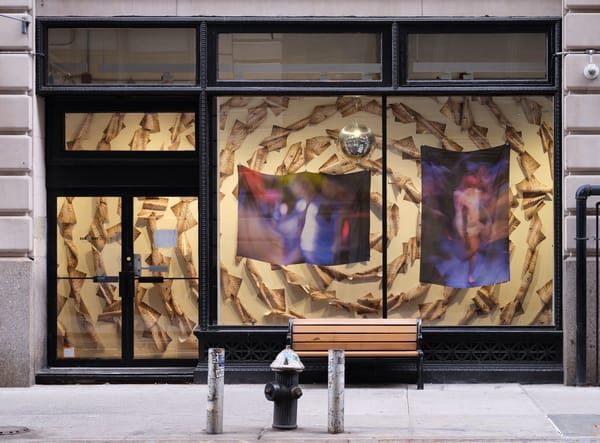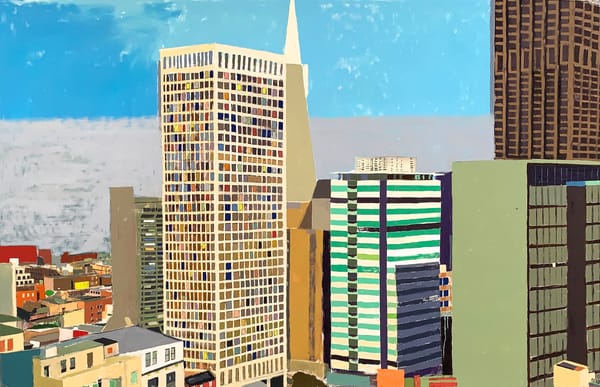What It’s Like to Visit Virtual Galleries as an Art Critic
Due to the pandemic, museums and galleries are now creating virtual experiences. Here’s what it’s like to visit them.
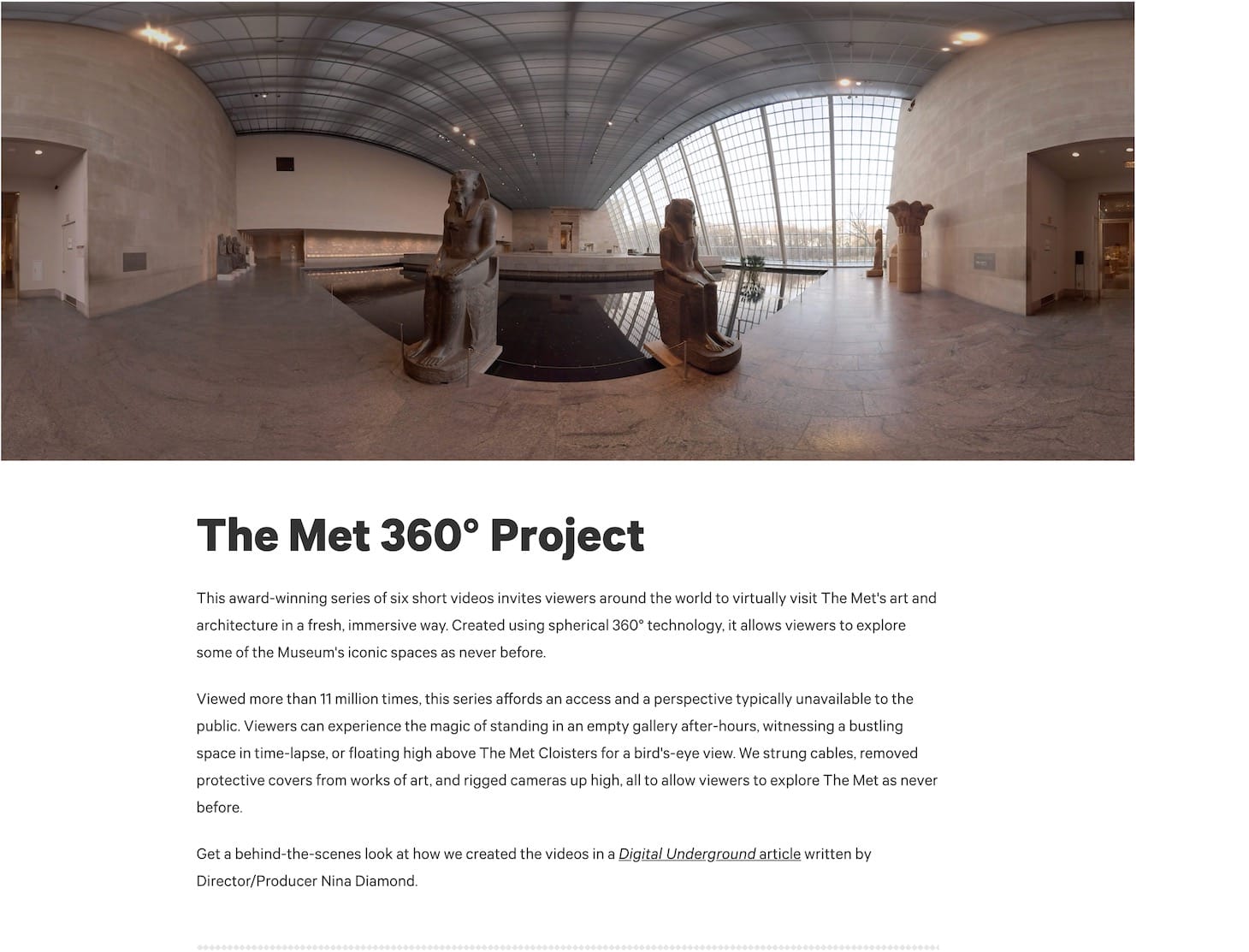
I’ve visited more galleries and museums than I can possibly count. So, what is it like for me, someone who looks at art for his livelihood, to virtually tour these spaces that up until about a week ago I would typically navigate on foot? Well, it’s lonely and oddly limiting, even under the most technologically sophisticated terms. I do feel like a curious explorer who’s now been marooned on a far-flung outpost, where I can survive for the foreseeable future. I won’t starve to death, but I am still eager to find my way back to the companionship of flesh-and-bone civilization.
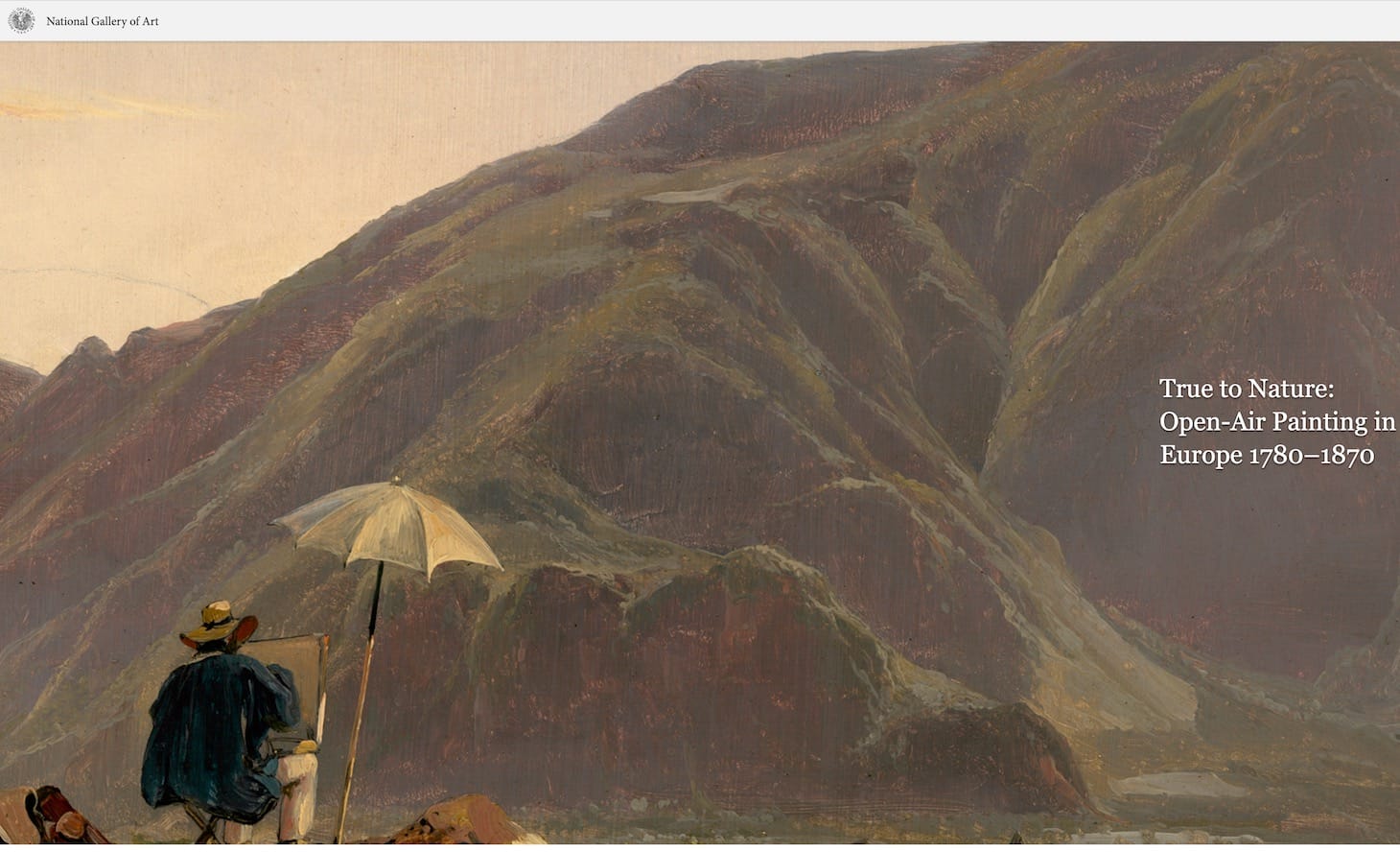
I started my virtual tour with the Metropolitan Museum of Art mostly because it is a space I’ve frequently explored with wonder and joy over the years. (The gallery containing the Pacific Island totems and carved figures is especially loved.) The email I received indicated I could enjoy videos in its Met 360° Project (all of which are hosted on YouTube) that would offer me “an access and a perspective typically unavailable to the public.” This is actually true. The one titled “Great Hall” has a point-of-view perspective with an accompanying soundtrack of vaguely new-age instrumental music. The camera glides far above floor level — like a film camera on rails — through the center rotunda, pausing in its excursion to consider the workers replenishing the flowers placed in great vases in the center of the information desk and in nearby alcoves. Then it shows people filing in. Some look like staff, and then the visitors roll in. They are unhurried. It’s early and the day is a scroll that can be unrolled and slowly and methodically read. The entire way, by manipulating my mouse or the direction keys on my keyboard, I can look all the way around the entrance hall, from ceiling to floor and all other directions, though I am still tethered to the camera’s position in the space.
The video for “The Temple of Dendur” features much the same approach, but the music here is a bit more lilting and there is something profound here in this gallery, like ancient gods who are sleeping and one may not want to wake. Then the video changes to a hyperlapse record of visitors roaming through the space. It fills up and empties out and the gods still wait, implacable and unknowable.
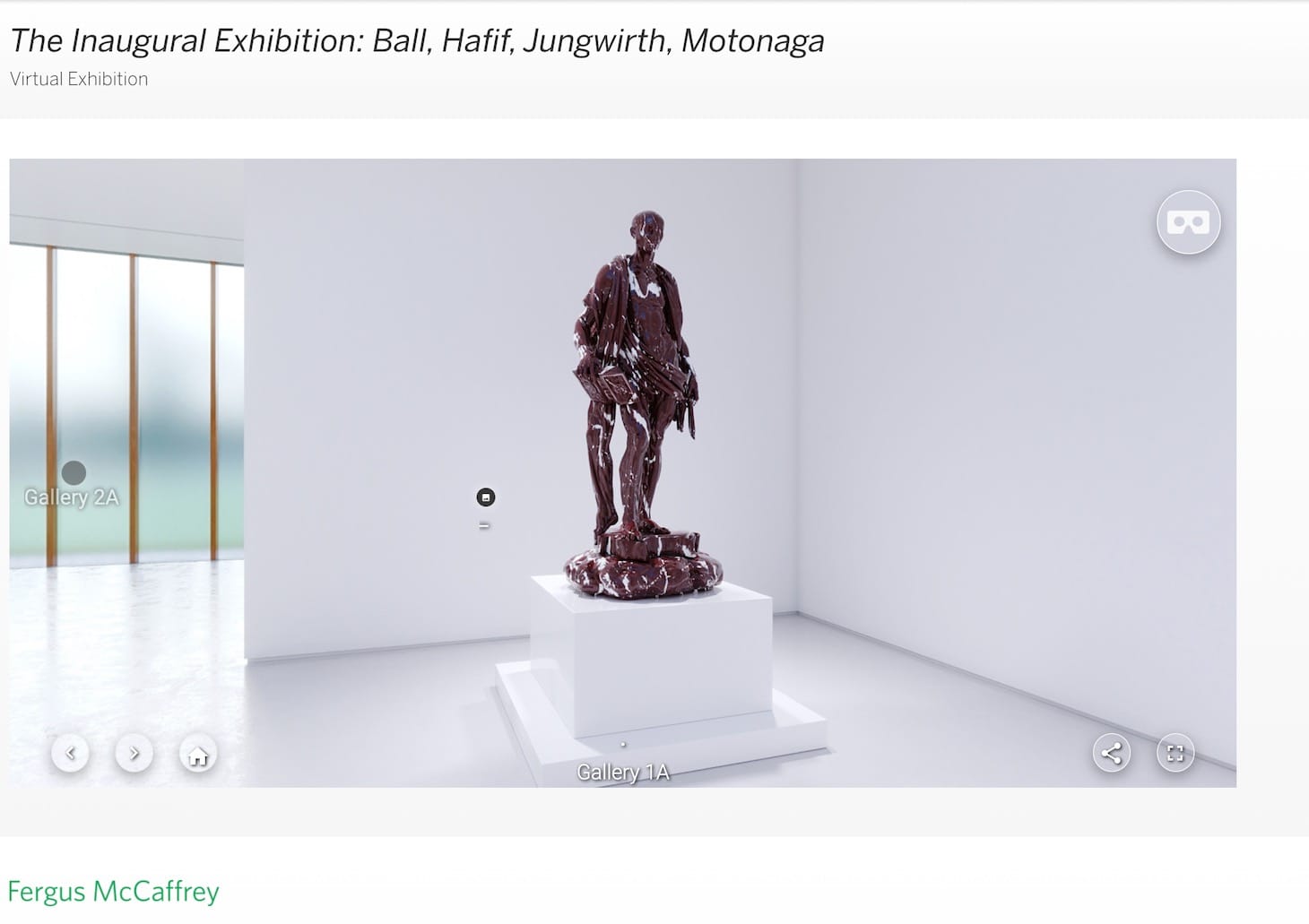
Other email invitations persuaded me to visit Marc Straus gallery’s installation views (hosted through Eazel), Sean Kelly‘s “3D Tour” (hosted by Artland), as well as Fergus McCaffery, which describes its site as a “virtual exhibition,” and the International Print Center New York (IPCNY), which offers a “3D virtual tour” of its current exhibition Homebody. They all do essentially the same thing: provide an overall map to the abstracted exhibition space, plopping me down inside it and then allowing me to pan, move forward, and pan some more. Often, I can get close enough to an artwork to virtually stand in front of it, or view it from a variety of angles.
Venturing into Marc Straus’s site I’m able to check out the room displaying Jeanne Silverthorne’s work but when I attempt to see the work of another artist, James Rosenquist, it stymies me with a semi-opaque blue screen and a message, “Exhibitions beyond limits,” suggesting that I sign up with an email and password to create an account (I didn’t). Sean Kelly’s display of Julian Charrière’s Towards No Earthly Pole exhibition is the most frustrating because the work is astoundingly lovely, something like alien landscapes being terraformed at night, but the reflections on the glass-covered prints make it hard to make out exactly what I am seeing. Both IPCNY and Fergus McCaffery do a much better job with the photography, and IPCNY has especially sharp views. Plus, they do the wise thing of providing small buttons in contrasting colors that I can hover over or click on to get specific information on the piece on which I’m focused. This lets me have information I would seek out in person, so these are among the most satisfying experiences of the virtual gallery.
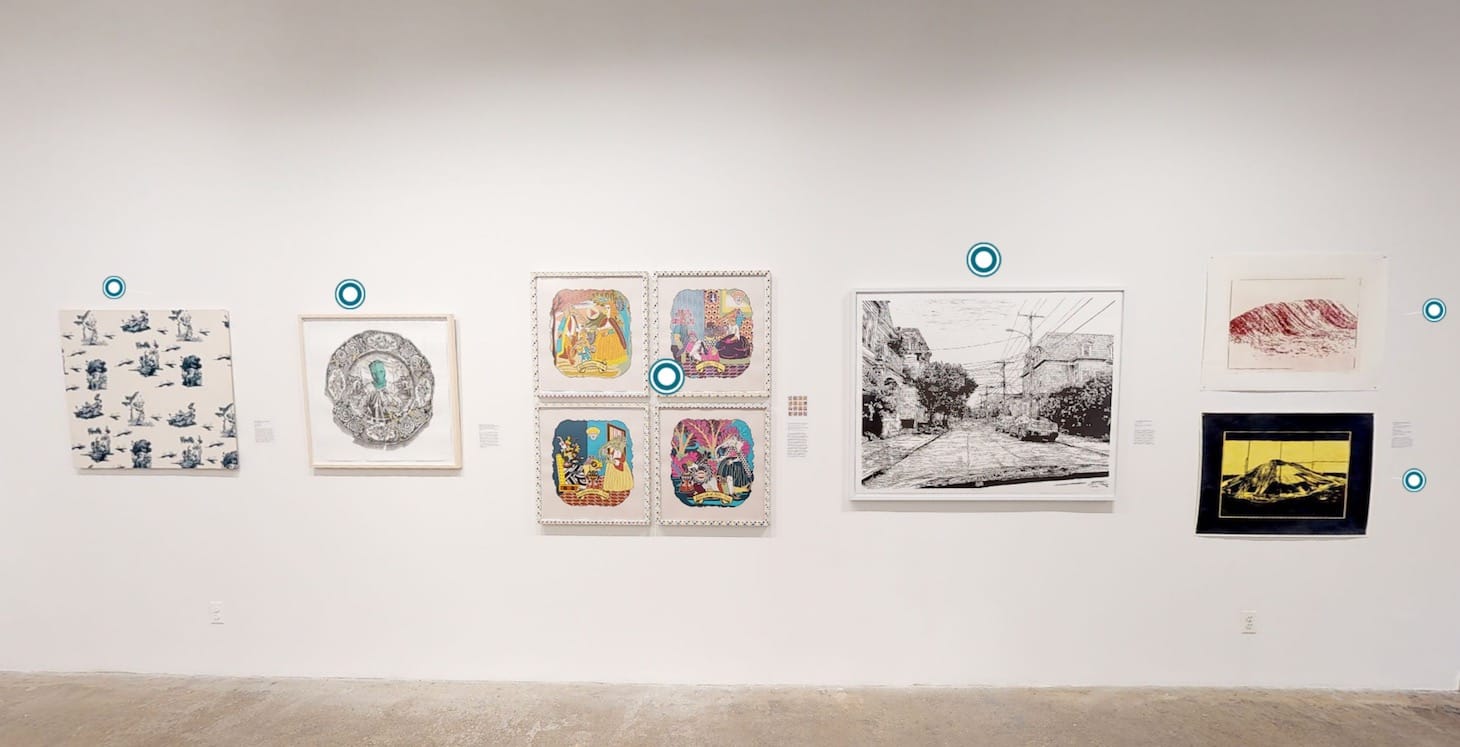
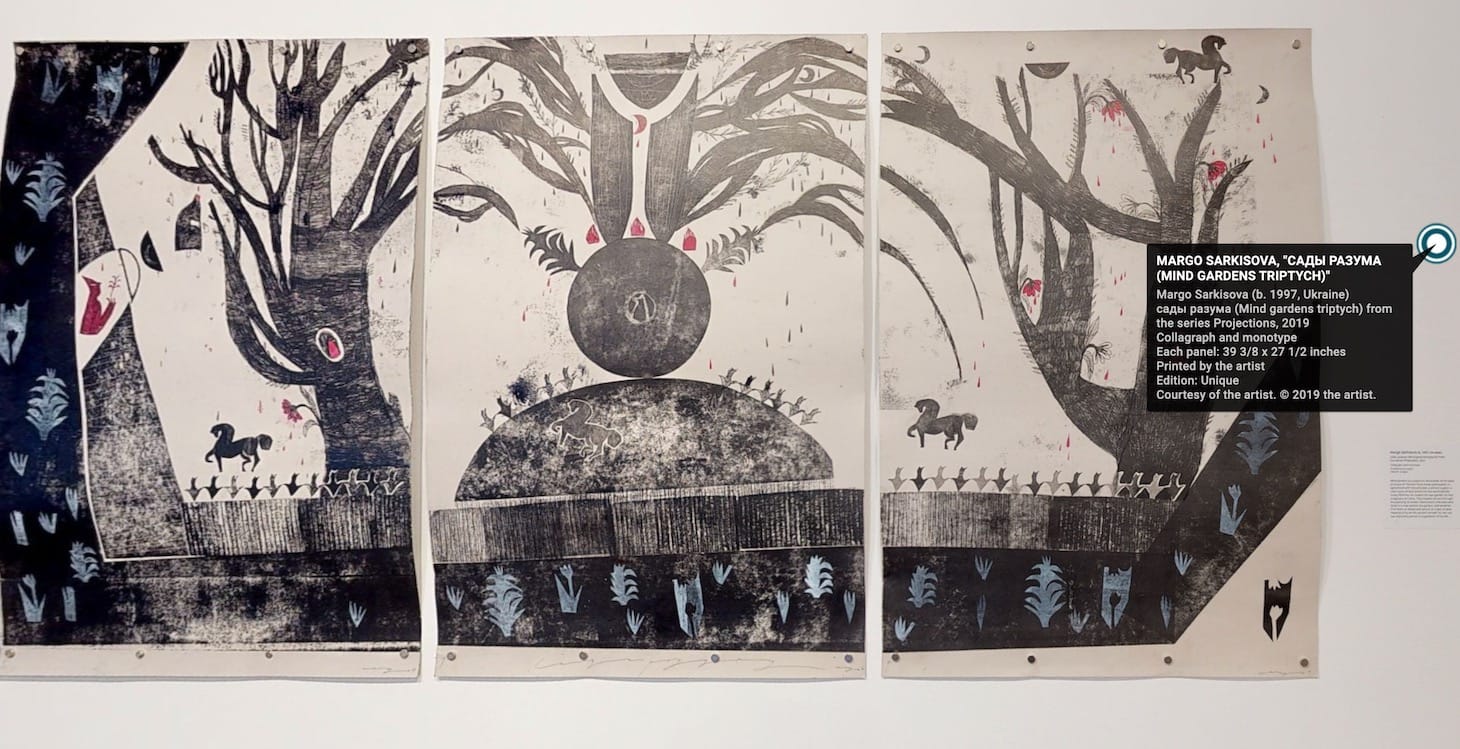
Art Basel, which was supposed to take place last weekend, was canceled (like most things) due to the viral outbreak. Lévy Gorvy’s Art Basel “viewing rooms” (which close on March 25 at 6 pm EST) have a very clever and dynamic presentation. They take the viewer on a slow pan across six pieces — some right up against the surface so I can see the sumptuous textures of paint — and then pulls out slowly to gather up the whole. The entire experience only lasts about 30 seconds, but I watched it over and over.
Many galleries, such as Postmasters and Gavin Brown, offer high-resolution photographs that give me a notional view of their exhibitions, but these frameworks feel much less hands-on than the others. The National Gallery of Art in their email teaser claims they have “video tours of current exhibitions,” which I did eventually find on the True to Nature exhibition page sidebar — a “Curator’s Quick Tour,” that features a disembodied voice guiding my views of the works. The museum also offers a lecture related to the exhibition Degas at the Opéra, where an earnest researcher takes the audience through the show. But even if I loved Degas enough to watch and listen, this doesn’t feel like the kind of experience I want with his work. It’s too deterministic and controlling a view.
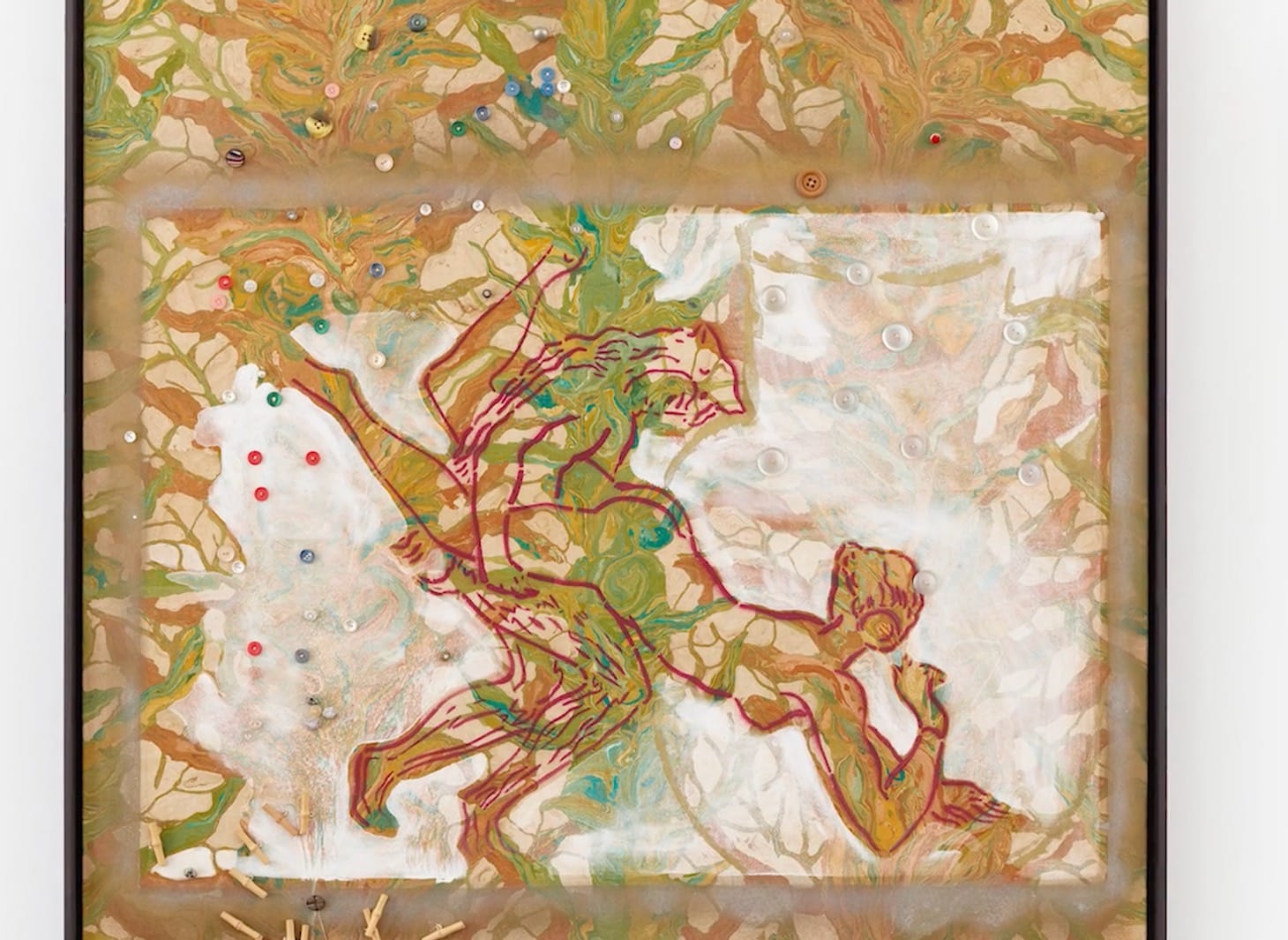
El Museo del Barrio is hosting a few videos that feature artists and curators speaking about issues germane to the institution. Typically I wouldn’t spend much time looking at these, but I listened to the one featuring Deborah Cullen talking about building stakeholders through a biennial focused on “Unusual Suspects” — emerging artists living and working in the greater metropolitan region who were unknown to the museum. Though this was less of a visual experience, nevertheless it introduced me to the museum as a thinking entity, one with ambitions and intentions, and I appreciate coming to this knowledge because often museums can feel like poker players who are masterful at hiding the cards they are holding.
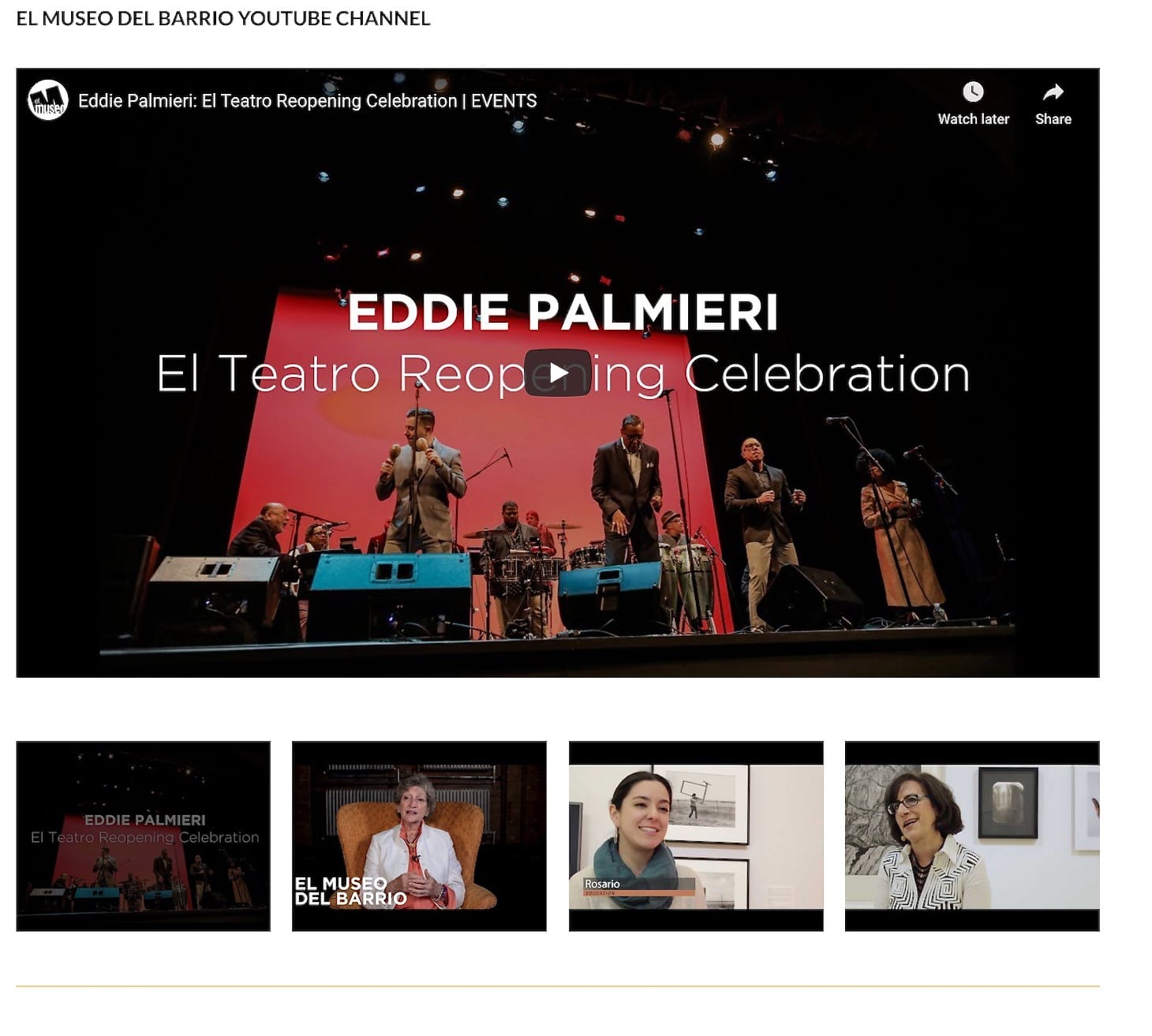
What I’ve discovered in my sojourn in virtual spaces is that I do want the guided view that I have with the Met 360° tours. They give me something to rub up against, to test, to challenge, as opposed to being let loose to just roam until I give up out of intellectual exhaustion. This feeling runs parallel with the feeling of making an in-person visit. I talk about this in my book about how museum visiting has changed in the last generation, and found my own experience of virtual visiting bearing it out: in a curated show, the curator’s view provides me with a reason, a means to engage in dialogue. I want and need that. Otherwise I wander these landscapes only speaking with myself, slowly losing the meaning and import of language.


